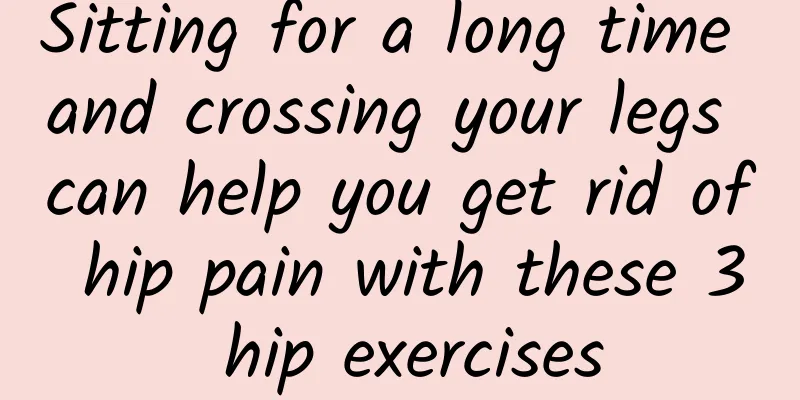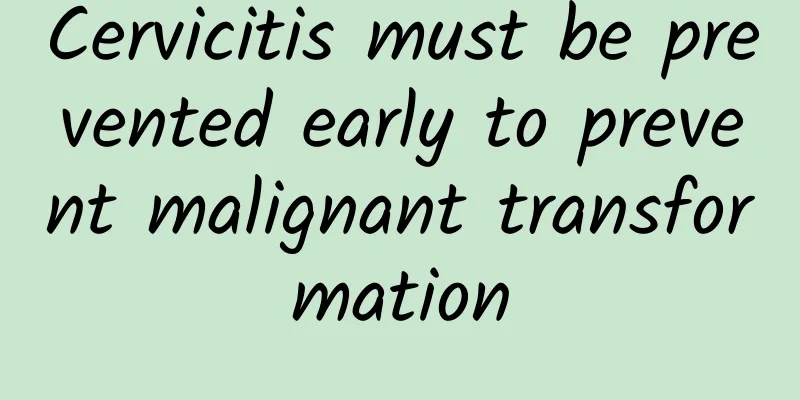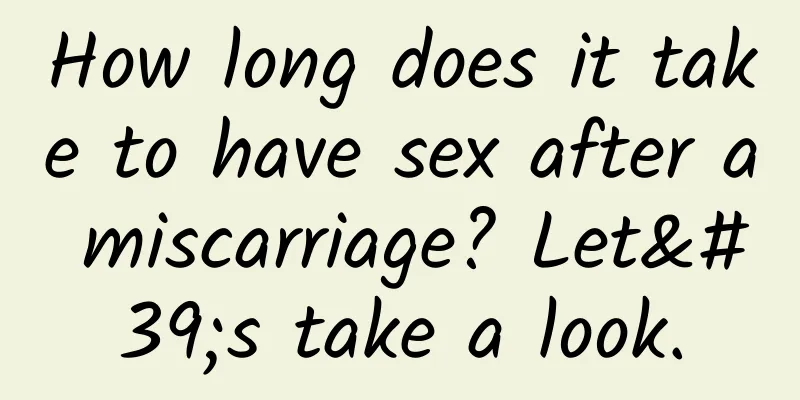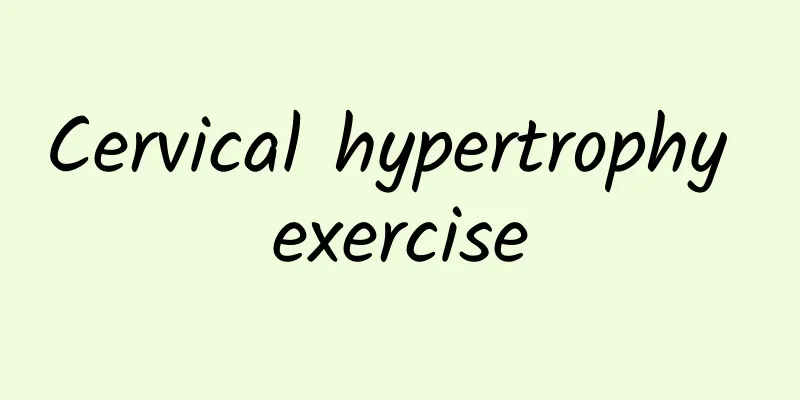Sitting for a long time and crossing your legs can help you get rid of hip pain with these 3 hip exercises

|
Are you a "sedentary worker"? Do you often experience pain or numbness that starts in your buttocks and extends down the back of your thigh? Be careful, you may be suffering from "piriformis syndrome". The piriformis muscle is a muscle located deep in the hip joint. Once it becomes severely inflamed, it may even affect sitting, standing and walking. In fact, regular exercises that stimulate the buttocks myofascia can help prevent piriformis syndrome and avoid hip pain. Sitting for long periods of time can cause piriformis syndrome symptoms and damage the hip joint In addition to the symptoms of piriformis syndrome caused by sitting for a long time and possible damage to the hip joint, people who are accustomed to the cross-legged posture may also experience severe cramps deep in the buttocks, accompanied by burning, tingling, and numbness extending from the buttocks to the soles of the feet. When walking for a long time or going up stairs, your legs feel weak and you walk like you are limping. The hip joint is the second largest joint in the human body, second only to the knee joint. It is surrounded by the toughest ligament tissue in the human body. The health of the fascia plays a vital role in the flexibility of the hip joint. Myofascia is particularly important for muscle function and optimal coordination of the body. Hip exercises stimulate the myofascia to avoid inappropriate extension of the hip joint German physiotherapist Robert. In his new book, "The Complete Book of Myofascial Fitness," Schlepp said that for office workers who often sit for long periods of time, due to the lack of exercise stimulation, it might be a good idea to stimulate the myofascia through hip exercises to avoid inappropriate extension of the hip joint due to long-term sitting, which will cause loss of mobility and affect the nutritional supply of articular cartilage. Myofascia requires exclusive stimulation and specific movements. You may wish to practice the following 3 hip exercises at home: ★3 hip exercises 【Thigh rolling】 This exercise requires the use of a fascia roller. 1. Starting position: Lie on your right side, support your body with your right hip, and place your elbow under your right armpit. Place the foam roller just below the femoral head, which is below the trochanter of the right leg; straighten the right leg below, cross the left leg over the right leg and place it in front of you, and place your left hand in front of your upper body to help support your body. 2. Start from the right trochanter and roll the outer side of the thigh toward the knee at a slow speed. You can slowly roll back and forth and left and right at the painful point for half a minute to one minute to relax the painful point. 3. When the roller is almost close to the knee, slowly roll the roller back toward the femoral trochanter. 【Activate the outer thigh】 1. Lie on your side on the floor with your lower leg slightly bent and your upper leg slightly raised. At the same time, make sure your back is straight and don't let your spine bend scoliotically. 2. Then bend the knee of the upper leg and push the leg from the foot to the front of the body. 3. Stretch the upper leg backward, and then move the toes up and down alternately. 4~5. Slightly rotate the upper leg forward, backward, left and right, and at the same time lift the leg in different directions, raising the leg up, down, or diagonally upward. [Legs swinging] 1. This movement should be practiced barefoot: Stand on a stool. When you first start practicing, you can use a Nordic walking pole for auxiliary support. The first movement starts from the left side, supporting the walking pole with your left hand and leaving your right hand free. Stand with your left foot firmly on a stool, knee bent. With your right foot hanging off the side of the stool, begin to slowly swing your right leg back and forth like a pendulum. 2~3. Then use the myofascia to make a swinging motion, pull the suspended leg backwards, tighten the leg tissue backwards, and then let the leg swing forward quickly from the pelvic position. |
<<: If you use your muscles incorrectly, the exercise may be in vain!
>>: Lose weight by replacing white rice with konjac noodles? Beware of 4 major crises
Recommend
When to perform uterine fibroid surgery
Any surgery, including uterine fibroid surgery, i...
Symptoms of chocolate cysts
Symptoms of chocolate cyst: 1. Pain during sexual...
Patients with uterine fibroids should avoid consuming red dates and coffee
There are two foods that patients with uterine fi...
Early symptoms of ectopic pregnancy that must be prevented
I don't know if you know the early symptoms o...
What are the benefits of exercise for uterine fibroids? Is exercise useful for uterine fibroids?
What are the benefits of exercise for uterine fib...
Why do uterine fibroids sometimes disappear?
Why do uterine fibroids sometimes disappear? Uter...
What are the symptoms of incomplete abortion? There are 3 major symptoms
Many women who are not ready to have children wil...
What are the main characteristics of painless abortion?
Among the many types of abortion surgeries, painl...
Several important dietary considerations for cervicitis
Clinically, part of the cause of cervicitis is im...
Daily care for endometrial tuberculosis
How should endometrial tuberculosis be cared for?...
Will loving to drink cold drinks make you belly fat? Three major symptoms of uterine coldness! TCM doctor Cai Guangqian teaches 3 ways to warm the uterus
Is it because of my love of cold drinks that I ca...
What to do if a pregnant woman has endometrial tuberculosis
What should a pregnant woman do if she has endome...
What are the typical symptoms of ectopic pregnancy?
The occurrence of ectopic pregnancy is very detri...
Should I take off my pants when I go to the hospital for a checkup for dysmenorrhea?
I am 18 years old and started menstruating two ye...
Can mugwort effectively treat cervical erosion? It is recommended that patients with cervical erosion be treated in this way
Many women, when affected by cervical erosion, wi...









